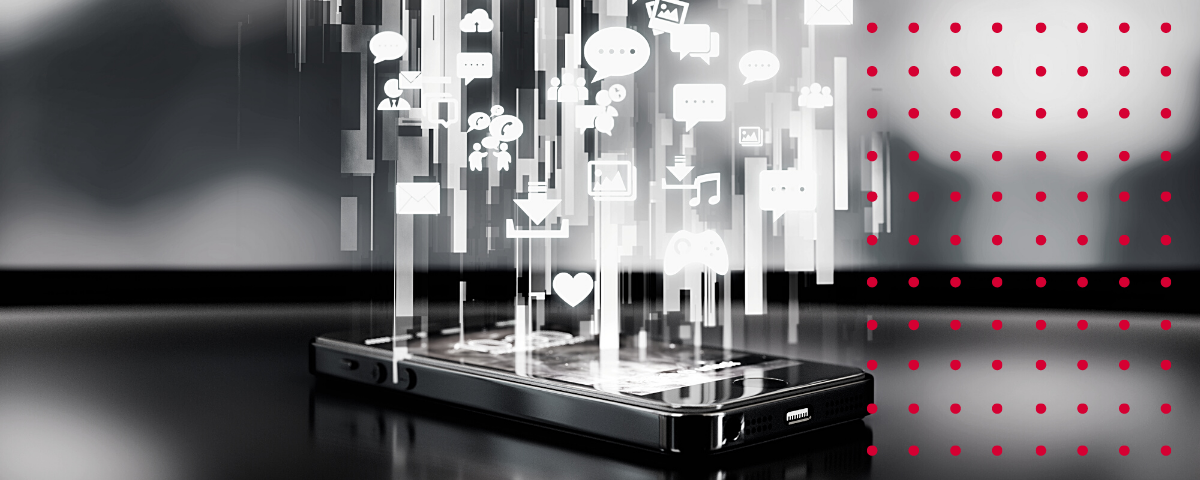“Sales people don’t sell products, authenticity of experience does!”
In an increasingly digital world, are face-to-face experiences still relevant? Experiential marketing is sometimes seen as an “add-on” in marketing, and not integral to the marketing mix – so why is it so important?
Thinking brand experience first creates a real connection with your audience and can make all the difference, especially in times of change. We’re excited to have Anthony Duckworth, Director of International Experiential Marketing at American Express, Global Commercial Services share his perspective on the importance of experiential marketing and more…
Once we’re back to it, what does an activation need to have the most impact and why?
People are craving a change from their routine, a stress-release and an opportunity to live in the moment.
According to the Momentum WEKNOW Experiences Study, 86% of consumers believe it’s important that brands ‘lift their mood and make them feel better,’ and another 83% believe it’s important for brands to ‘take away stress or anxiety.’ Experiences can be an escape hatch for audiences and that’s a need we still want to fulfil.
What makes the most successful brand activations?
Being truly genuine about wanting to give someone a remarkable experience with your brand, while asking for nothing in return, takes commitment. My observation from my own experience is that activations achieve far better results and have a greater audience impact when we lead with a brand-experience approach, as opposed to taking a pure acquisition focus.
Tell us a time when an activation didn’t go as well as planned. What was the biggest learning you’d like to share?
Designing activations for the human, and not a preconceived idea of who you think your audience is based on their job title, takes away some of the guesswork. Designing for humans is a good north star, however, we need to acknowledge local, cultural nuances that might alter how locals might engage with an experience in that market.
I won’t say activations have ever gone totally astray, but they have certainly gone different to expectations based on local behaviours of the audience. Examples might include not feeling comfortable to fully immerse themselves in a human-centred activation while in business attire, or taking a moment of respite for themselves while they feel they are ’on-duty’. Every activation is a great learning opportunity leading into the next one.
In your opinion, what is the key element for an activation to capture the imaginations of your audience?
We were all kids once. Many of us remember with great fondness the feeling of being totally free. Creating a moment of escape through an activation, especially if this moment is delivered at an unexpected time or in an unexpected way, is a gift. If your activation is amongst competitors, say in a busy tradeshow environment for example, if they zig why not zag!
Don’t compete at the same level as those who have the most intuitive product or shiniest marketing materials. Create a category of one and maybe offer something that audiences feeling tradeshow fatigue might truly value. For example, acknowledging they might be away from home, so what can your brand do to support the people back home who are supporting them while they’re away?
We don’t know about you, but the idea of “escapism” and running free is really speaking to us right now! What we can also see is by looking at experience first, it’s an opportunity to really jumpstart their audience engagement post-lockdown.
Experiential is evolving but it’s not going anywhere – the necessity for face-to-face has only been highlighted and we’re looking forward to getting back to business safely.

